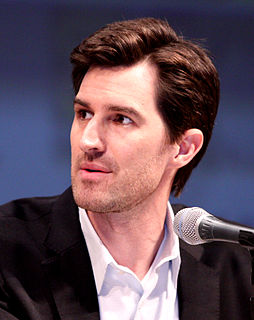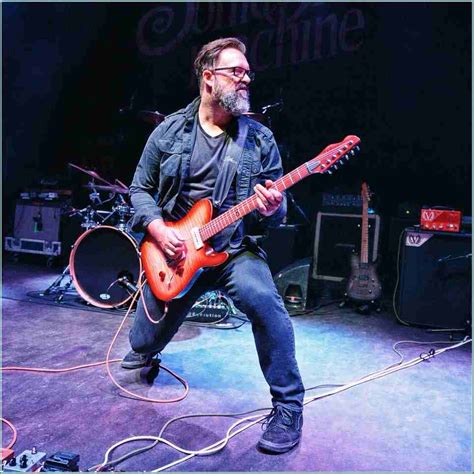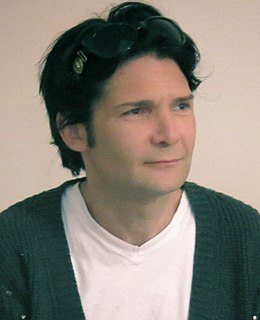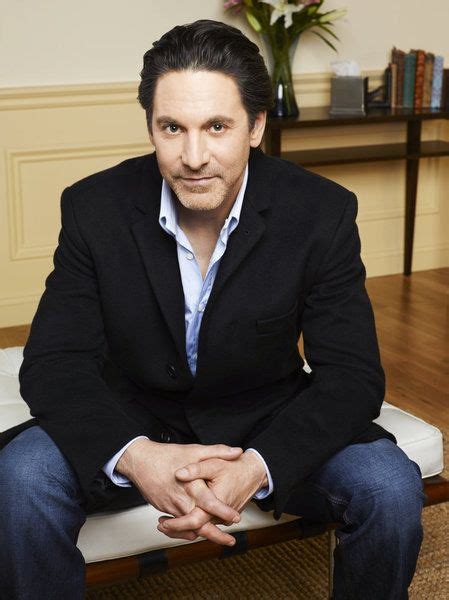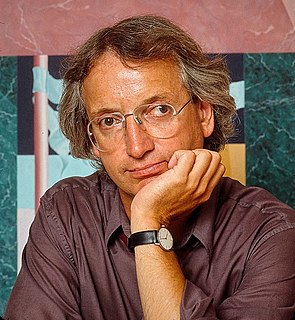A Quote by Joseph Kosinski
I always had some kind of creative side and technical side, and I thought architecture might be the way to combine them, so I went to architecture school in New York.
Related Quotes
I always wanted to be an actor, but I always loved design, and growing up in New Orleans there was such great style, great architecture. I would decorate my little apartment in New York over and over again, because it only had a couple of rooms. And I did it for friends and family on the side just for fun.
It was very definitely architectural. I was using the words on the page as some kind of equivalent of a physical model. But I never thought at that point that I wanted to move toward architecture. I wanted to move toward real space. Sure, that's probably another way of saying, I want to move toward architecture. But I didn't define real space in terms of architecture, then.
Architecture is art. I don't think you should say that too much, but it is art. I mean, architecture is many, many things. Architecture is science, is technology, is geography, is typography, is anthropology, is sociology, is art, is history. You know all this comes together. Architecture is a kind of bouillabaisse, an incredible bouillabaisse. And, by the way, architecture is also a very polluted art in the sense that it's polluted by life, and by the complexity of things.
New York is just New York. It's a hard city, it's a hard city to live in. It's a desperate city. It's filled with scam artists and people who are always looking for a way in and a way out and the majority of people have to really negotiate their way through that jungle to get to the other side; the other side being a place of tranquility and peace and home and safety.
Sustainability has become a religion in architecture - not that there's anything wrong with it - but I think it has to work both ways. Everyone thinks architecture has to be subservient to sustainability, but what if we thought in the other direction, like, what can sustainability do to make architecture more exciting?
